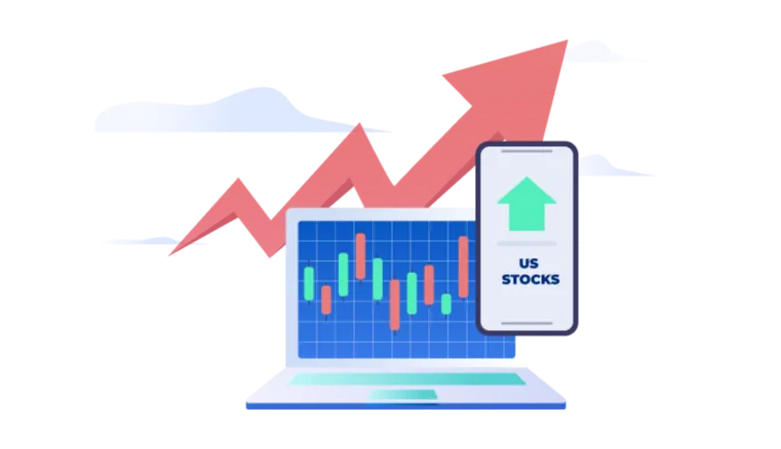The banking industry is one of the key drivers of economic growth and expansion. In fact, economic historians have found that countries with the most successful economies have been those that have had a sophisticated financial system in place from an early stage. A financial system is a set of institutions, such as banks, insurance companies, and stock exchanges, that enable the exchange of funds.
One of the primary reasons why the banking industry plays such a crucial role in the economy is that it facilitates the mobilisation of funds and capital formation. Specialised products and services offered by the banking industry fulfil the financial needs of various sections of the economy. Moreover, there are several different types of banks, such as commercial banks, investment banks, small finance banks, that cater to specific kinds of financial requirements.
QUICK TAKEAWAYS
- The banking industry did not face any abnormal losses during the COVID-19 pandemic. In fact, its profitability held up better compared to previous economic crises.
- Digital transformation in the industry was accelerated by several years due to the pandemic.
- The US has one of the biggest banking industries in the world, with 4 of the top 10 global banks being American.
- The banking industry is highly impacted by government regulations, economic cyclicity, interest rates, and loan default risk, which directly impacts its stock prices.
- The banks of the future are the ones that will develop a digital ecosystem putting customer experience at the forefront of all strategies and adopting technology that drives down costs.
STATS CORNER
MARKET CAP OF THE BANKING MARKET WORLDWIDE IN SEP 2022
$7.35 trillion
(Source)
MARKET CAP OF THE TOP FIVE US BANKS COMBINED AS OF AUG 2023
$1.05 trillion
(Source)
KEY PLAYERS
[WORLDWIDE, BY MARKET CAP]
(Source: Statista | As of December 2022)
[THE UNITED STATES, BY REVENUE]
| Company Name | Global Ranking by Market Cap | Revenue Generated | Revenue Generated | Revenue Generated | Revenue Generated | Revenue Generated |
| 2022 | 2021 | 2020 | 2019 | 2018 | ||
| JPMorgan Chase | 1st | $154.8B | $127.2B | $129.9B | $142.5B | $129.8B |
| Bank of America | 2nd | $115.0B | $93.8B | $93.7B | $113.6B | $109.6B |
| Wells Fargo | 6th | $82.8B | $82.4B | $82.2B | $105.7B | $101.0B |
| Morgan Stanley | 9th | $53.7B | $59.7B | $48.7B | $41.5B | $40.1B |
| Charles Schwab | 15th | $20.8B | $18.5B | $11.7B | $10.7B | $10.1B |
(Source: Macrotrends)
- JPMorgan Chase (JPM): The biggest bank by revenue in the US and by market cap in the world, JPMorgan Chase is an investment bank and financial services firm with around $3.7 trillion in assets and operations globally.
- Bank of America (BAC): Coming in second in terms of market cap, Bank of America offers banking and financial solutions focusing equally on individuals and small and middle-market businesses as well as large corporations and governments.
- Wells Fargo (WFC): Serving customers since 1852, Wells Fargo has $1.9 trillion in assets and operations. It has around 70 million customers, and serves small businesses, individual households, and high-net individuals.
- Morgan Stanley (MS): Morgan Stanley manages around $1.4 trillion in assets, and has a presence in over 42 countries and jurisdictions. Among the services it offers are wealth management, investment banking, and market research.
- Charles Schwab (SCHW): Charles Schwab provides investment, asset management, and retirement planning services, among others. It has $8.24 trillion in total client assets, and manages 34.4 million brokerage accounts.
KEY DRIVERS
- Interest rates: The central bank of a country drives the volume and cost of credit in the economy by controlling interest rates. For instance, during times of high inflation, when the supply of money needs to be contracted, the central bank will raise interest rates. On the other hand, if the economy is growing at a slower pace, the central bank will lower interest rates to make credit cheaper and boost the money supply. When interest rates are high, the profit margins of banks are higher too, and vice versa.
- Economic cycle: The banking industry is cyclical. This means that when the economy is doing well, the banking industry will also do well, and vice versa. One of the primary ways banks make money is by giving out loans to customers. But during recessions, there is a contraction in the overall spending and borrowing in the economy. Hence, during periods of recessions, banks may suffer greatly, and bank stock prices fall. However, banks are now better prepared to tackle recessions than they were back in 2008, thanks to better liquidity and capital adequacy.
- Default risk: This is an inherent risk in the banking industry. When borrowers are unable to pay back or default on their loan payments for a prolonged period of time, such loans go on the bank’s balance sheet as Nonperforming Assets (NPA). While a certain level of NPAs is the part and parcel of banking, this burden tends to increase during periods of economic recession. NPAs increase the bank’s operational costs, reduce its profitability, and can have a negative impact on its stock price.
- Government regulations: Banking is a highly regulated industry, and government regulations can affect the prices of bank stocks both positively and negatively. For instance, in 2022, Citigroup had to pay $45 million in fines for “serious regulatory failures”, resulting in its stock price taking a major hit.
WHAT DOES THE FUTURE HOLD?
The pandemic has accelerated digital adoption in the banking industry by several years and the banks of the future are the ones that will focus on a complete digital transformation to redefine the customer experience. While banks have begun to adopt cloud computing and Application Programming Interfaces (APIs), machine learning, AI, Robotic Process Automation (RPA), blockchain, etc. there is a long way to go.
Customer behaviour and expectations are also significantly changing and there is a need for banks to provide highly personalised, on-demand products and services with a consistent and conscious brand message. Sustainable finance is another aspect that the banking industry has started to acknowledge and will have to embrace. Sustainable finance refers to investment decisions that are taken while taking into account the environmental, social, and governance (ESG) impact they will have. The focus will have to be to undertake long-term investments in sustainable projects and economic activities.
Your investment portfolio can benefit from adding high-value US stocks, which you can do seamlessly through the Appreciate app. Download the app to make high-return earning investments guided by Appreciate’s AI technology.








